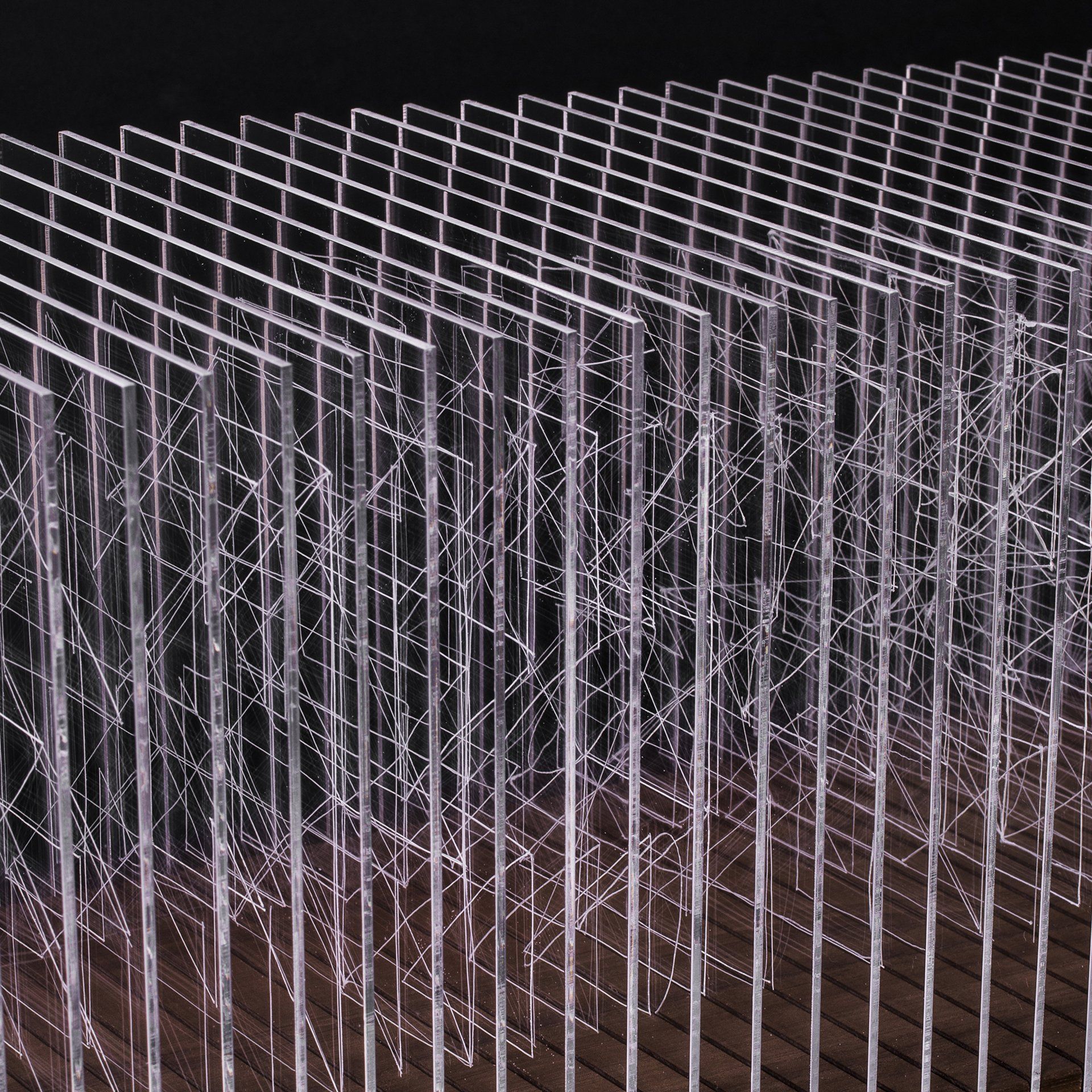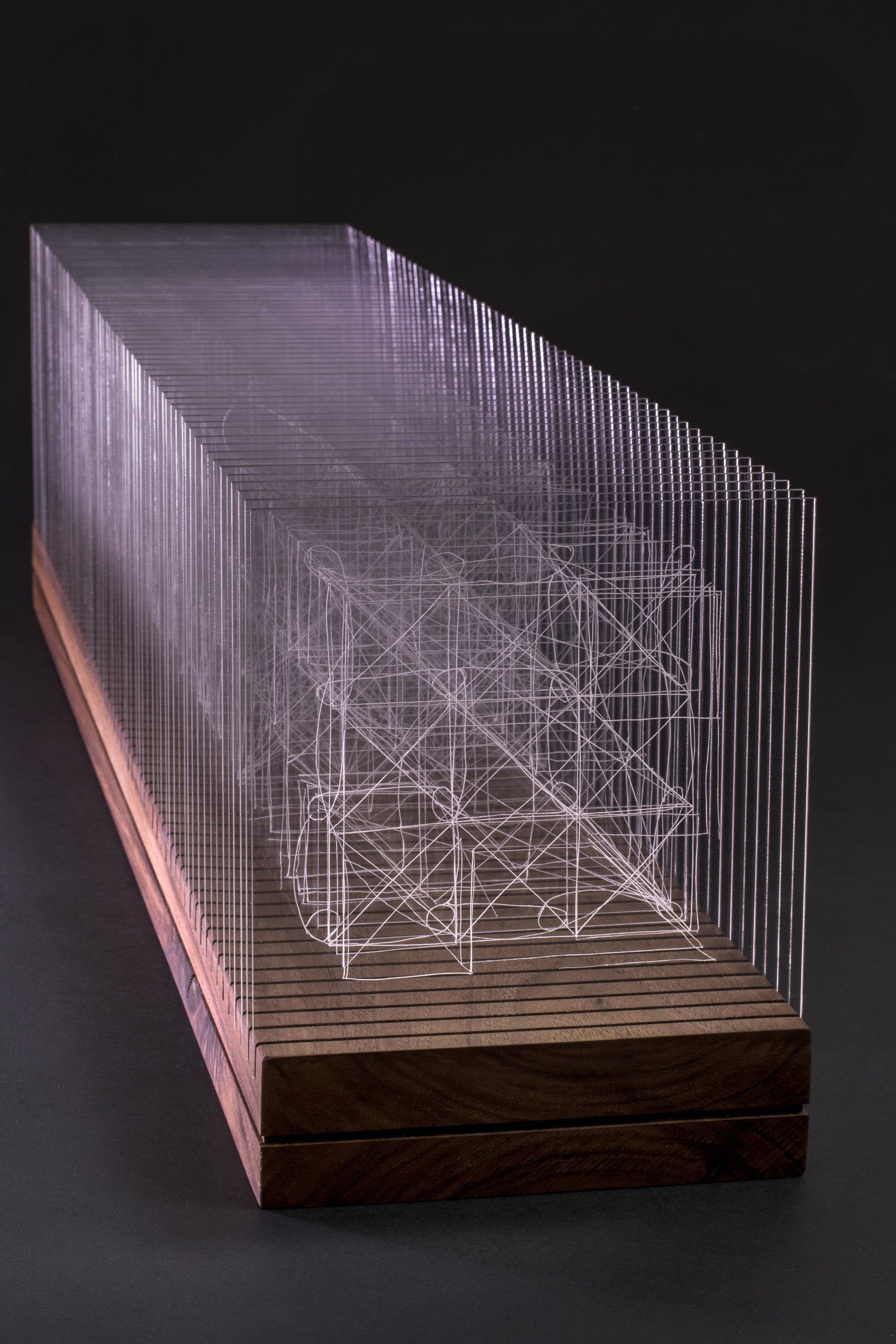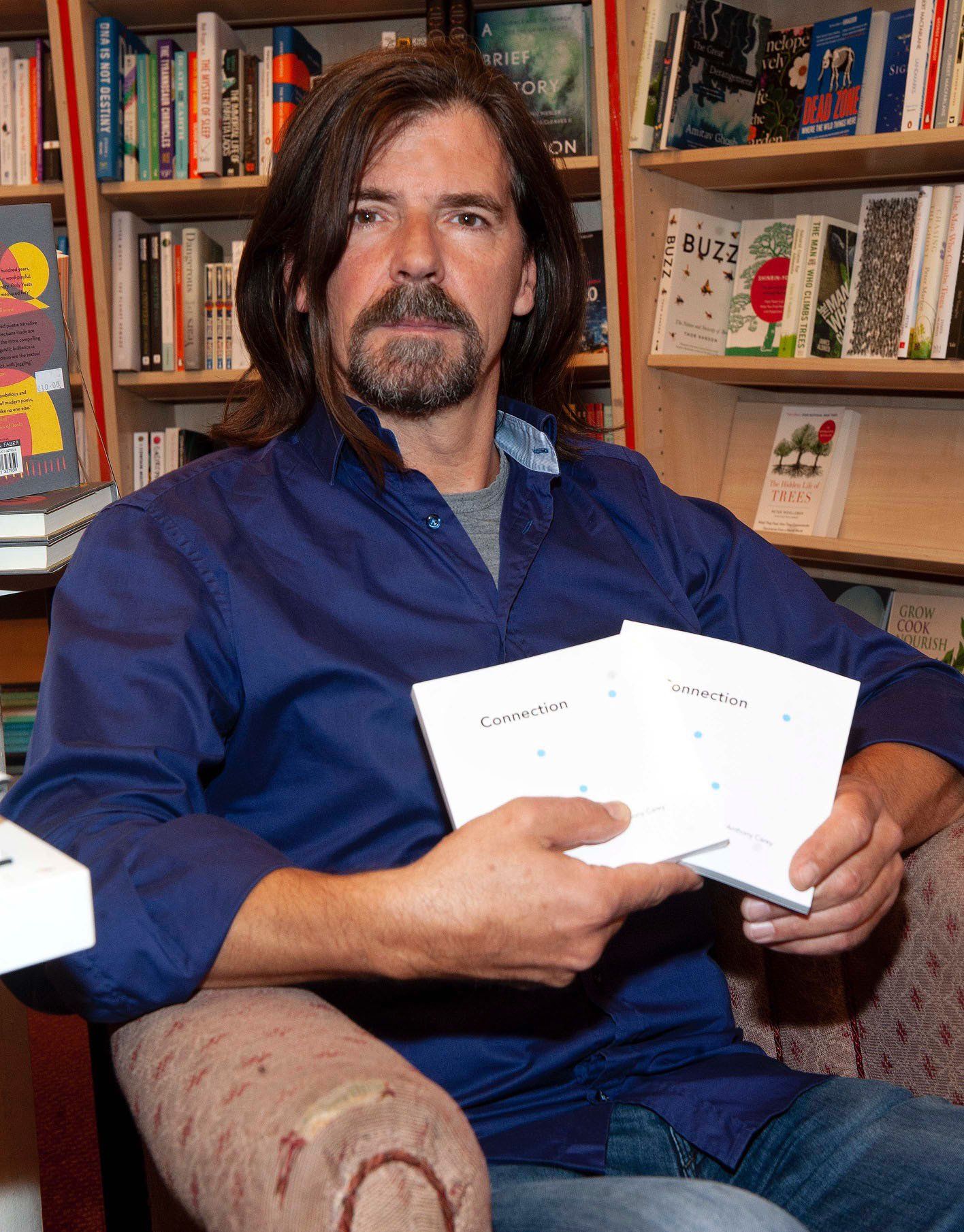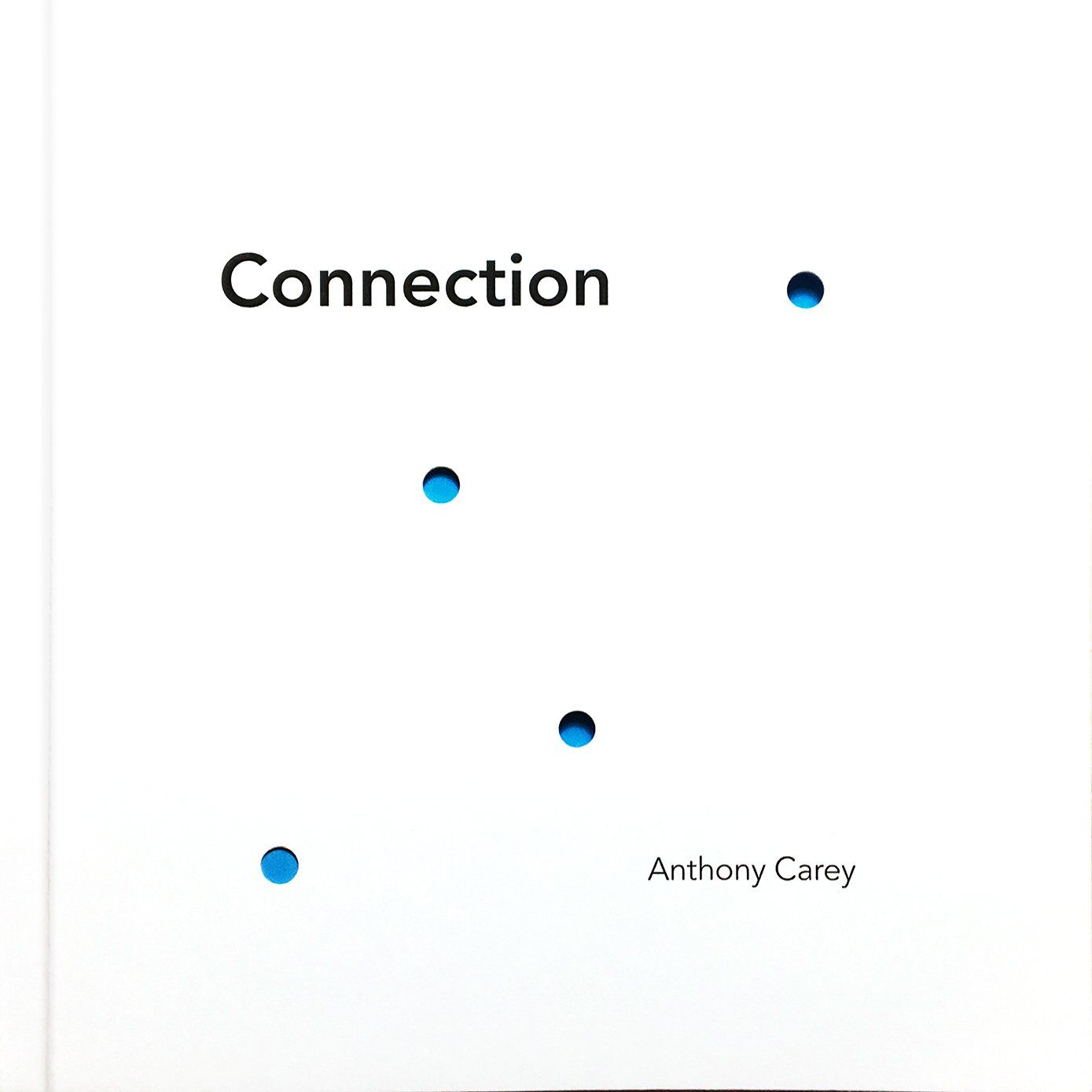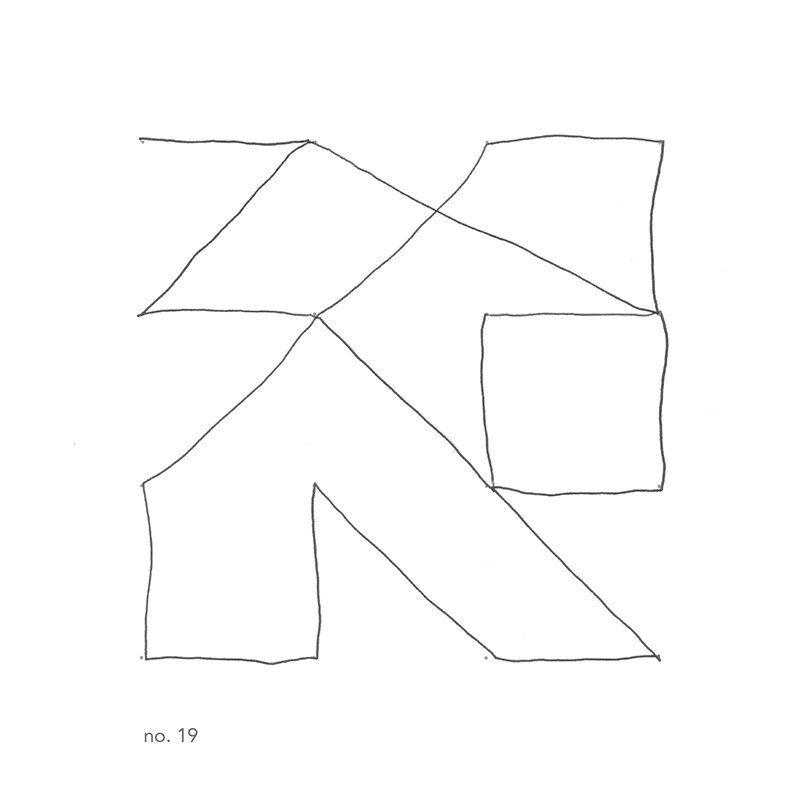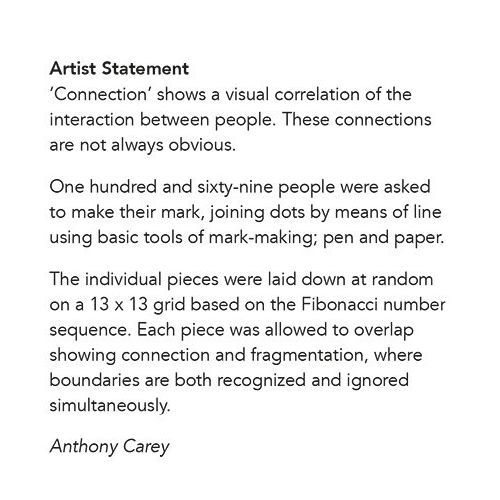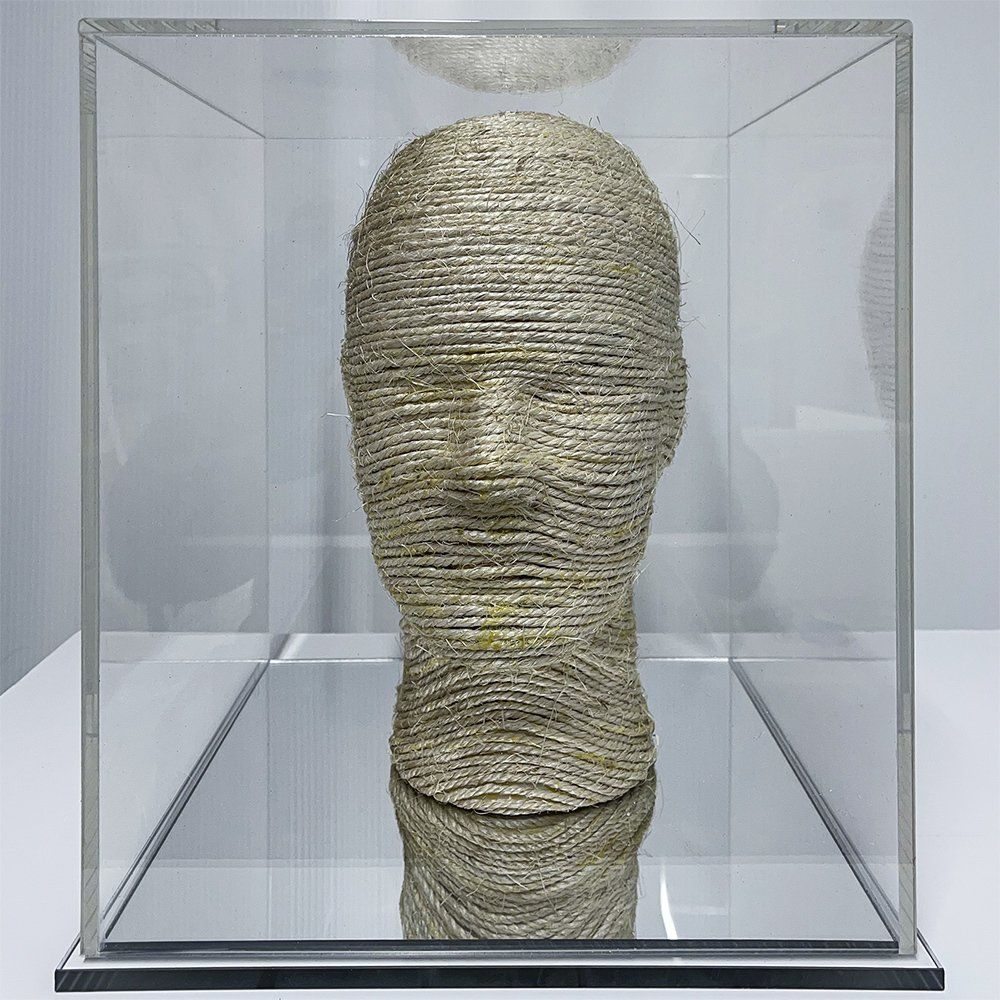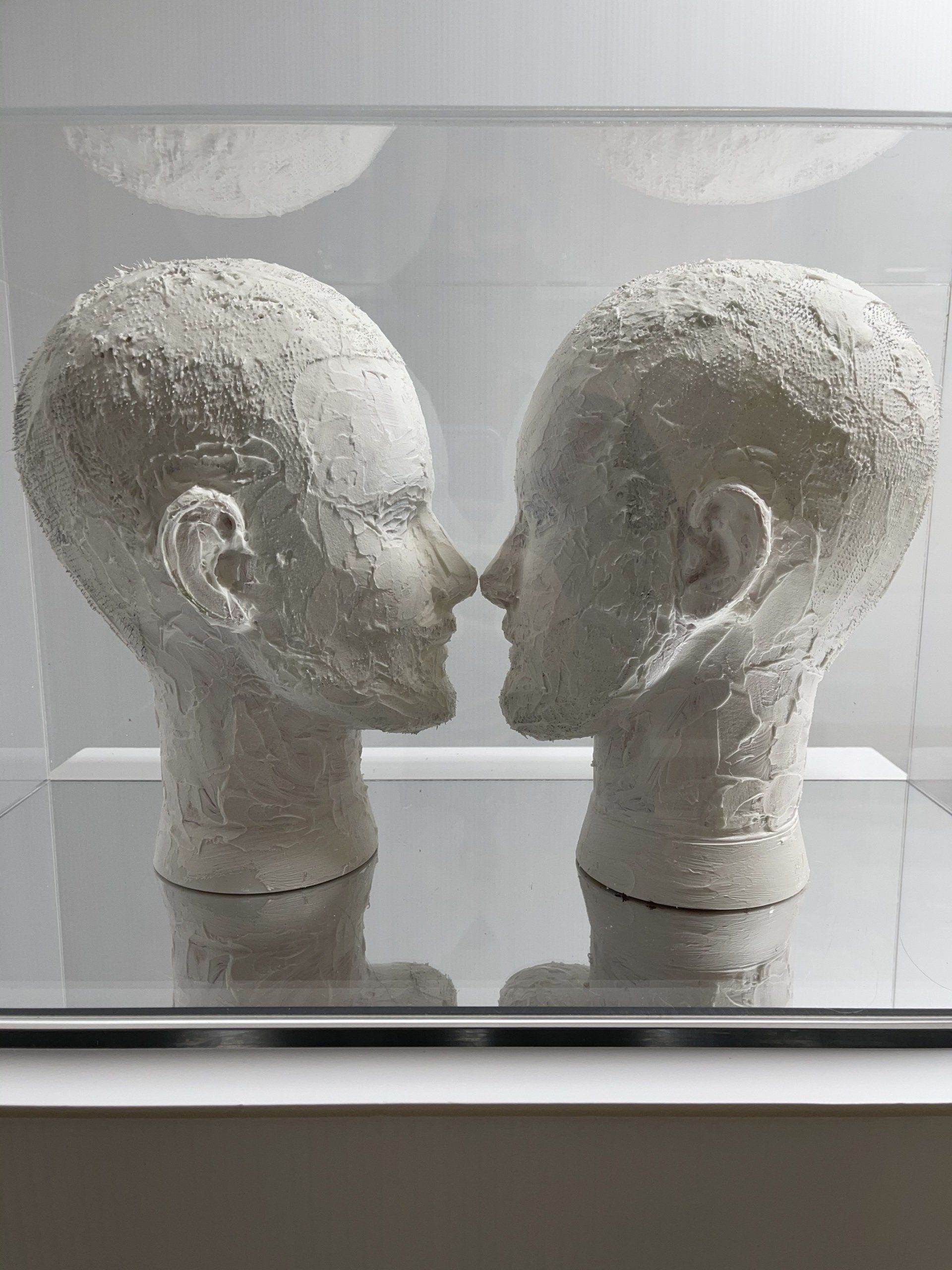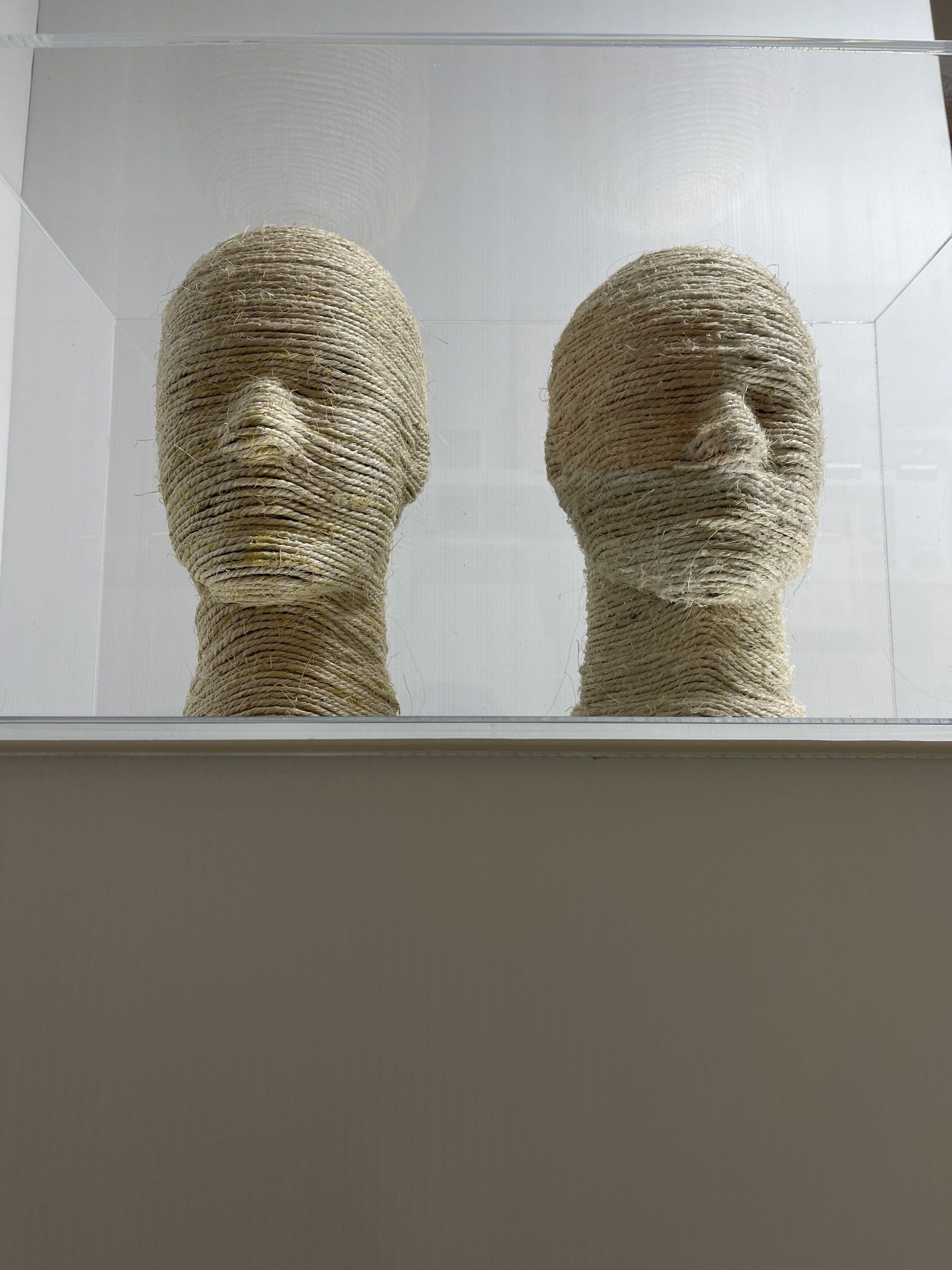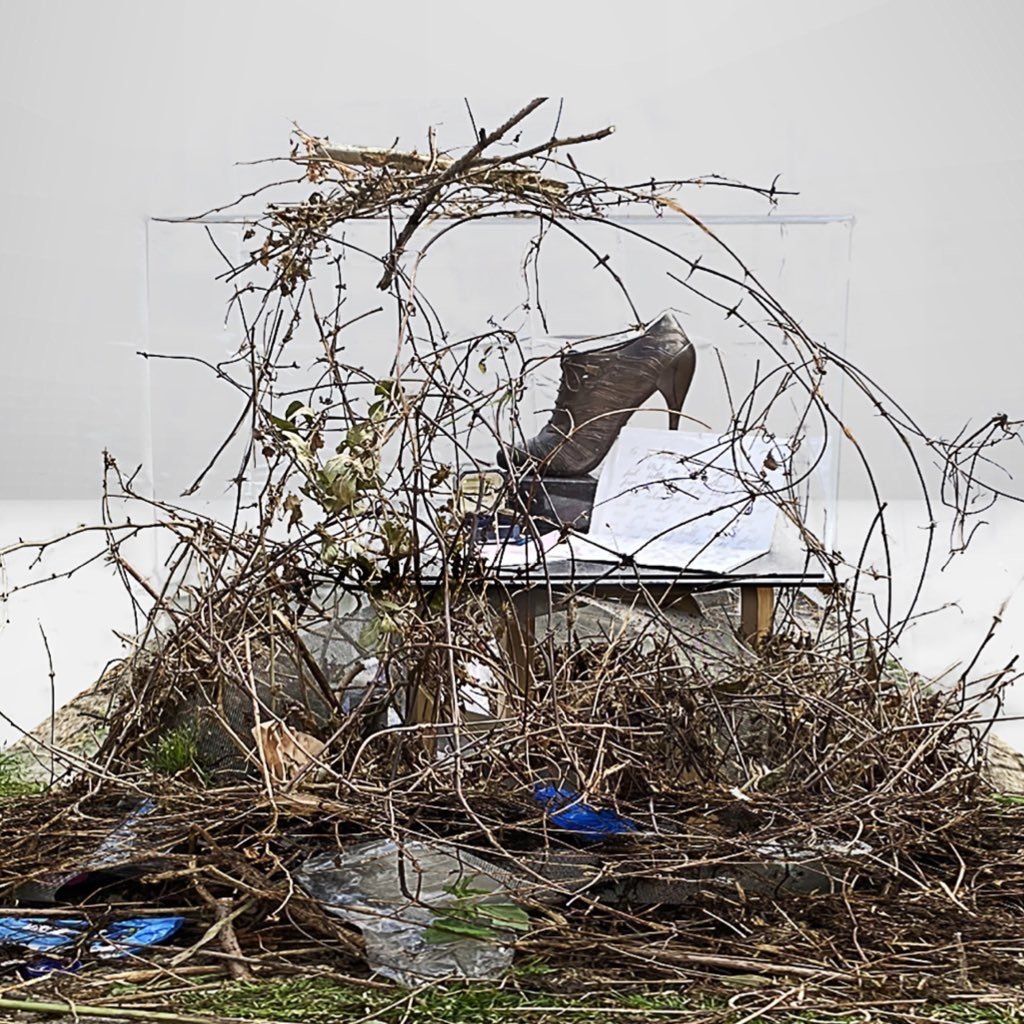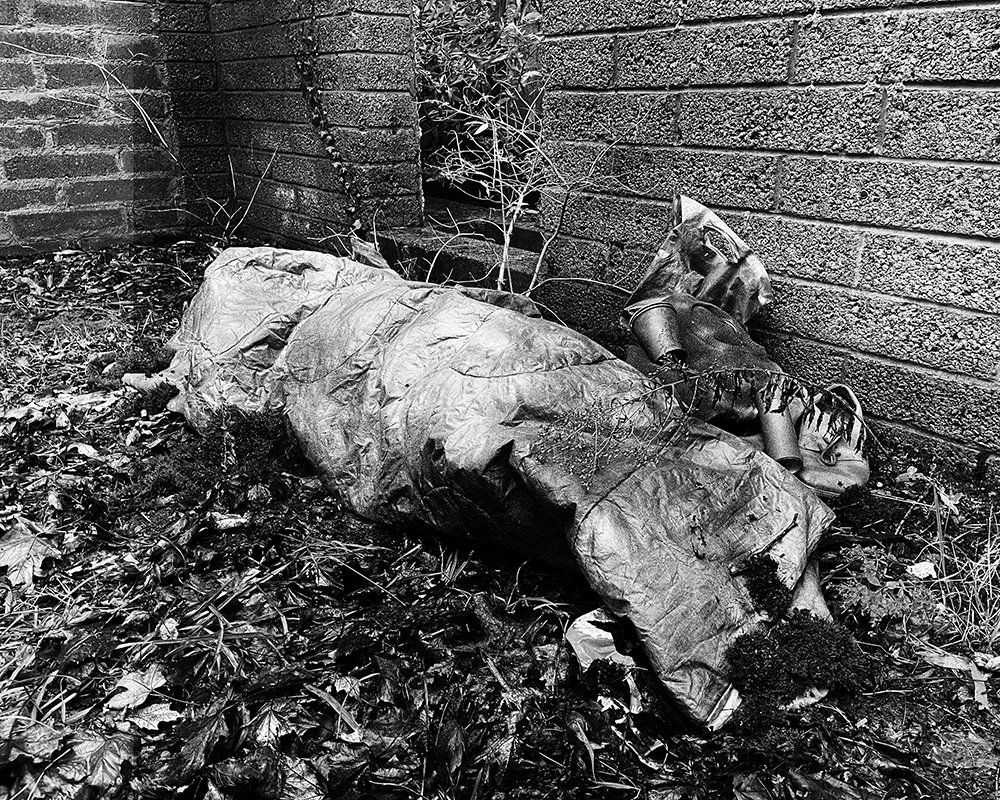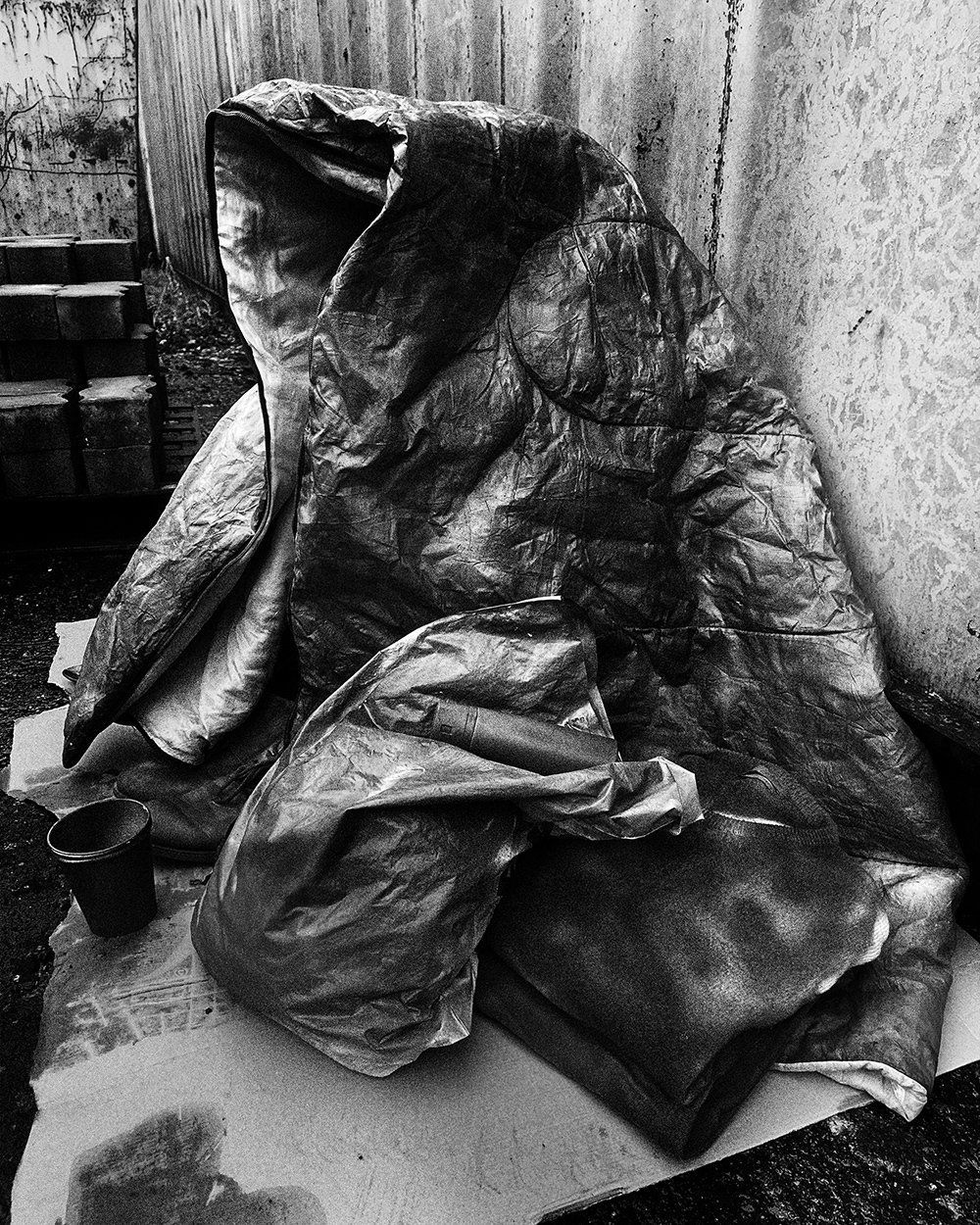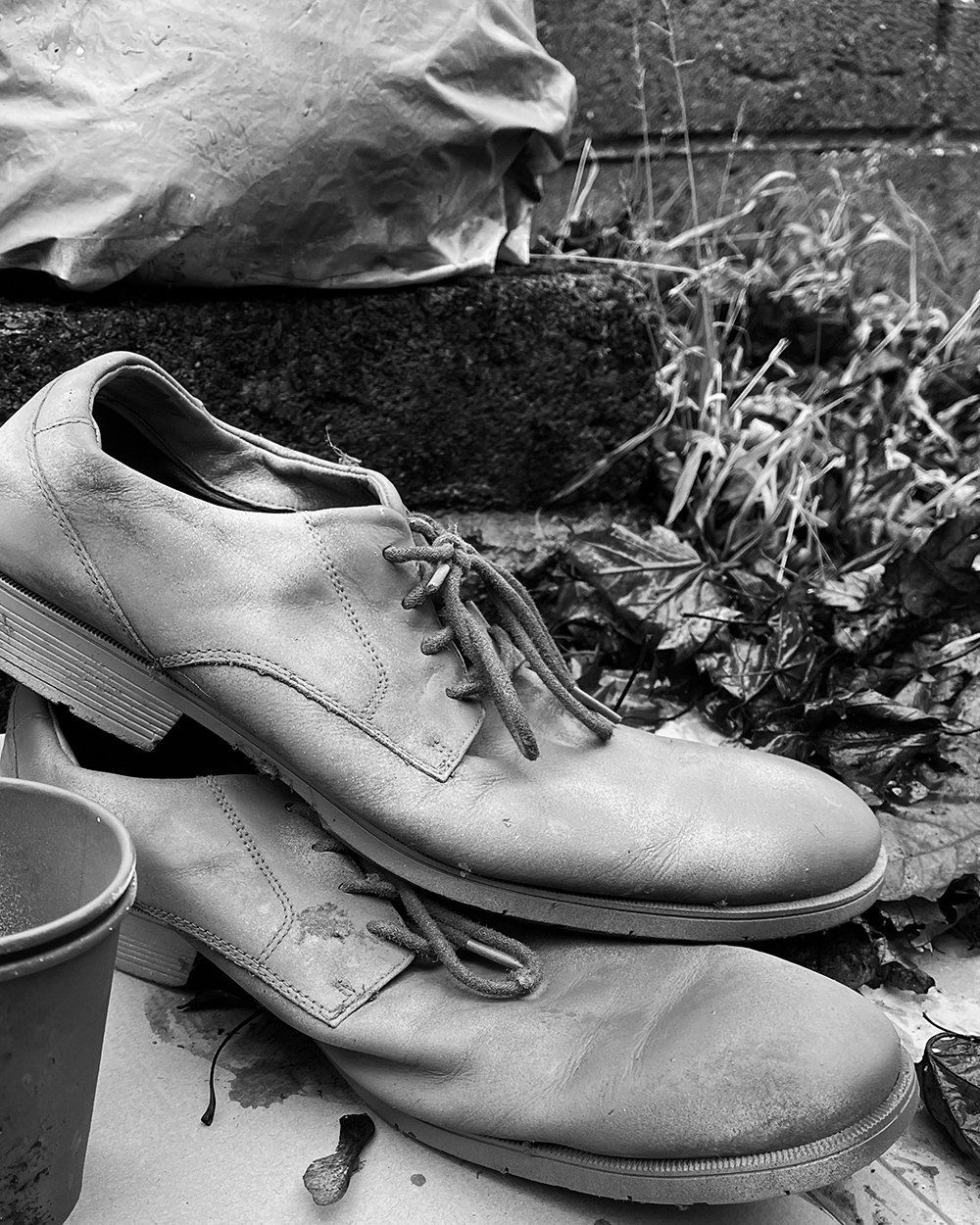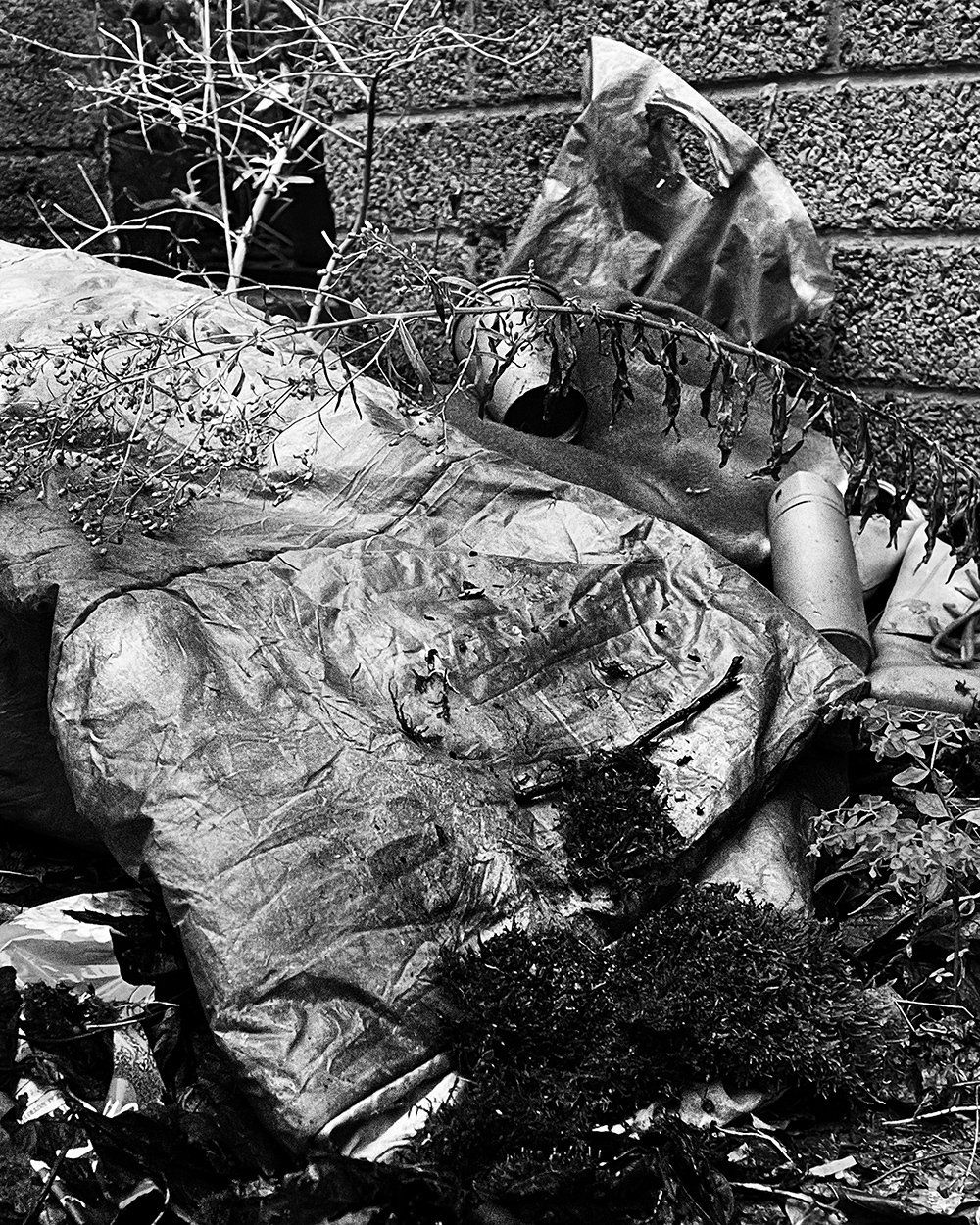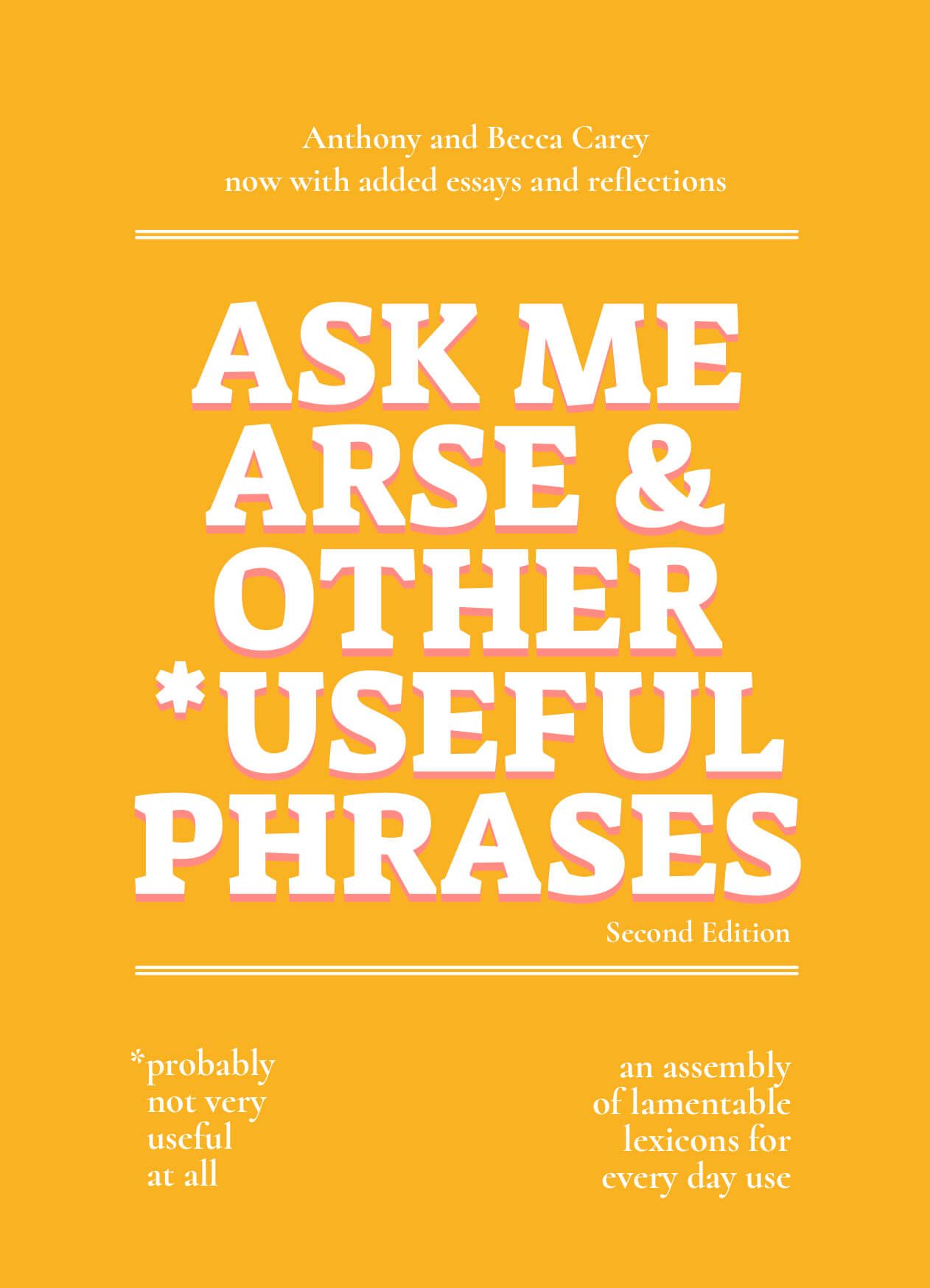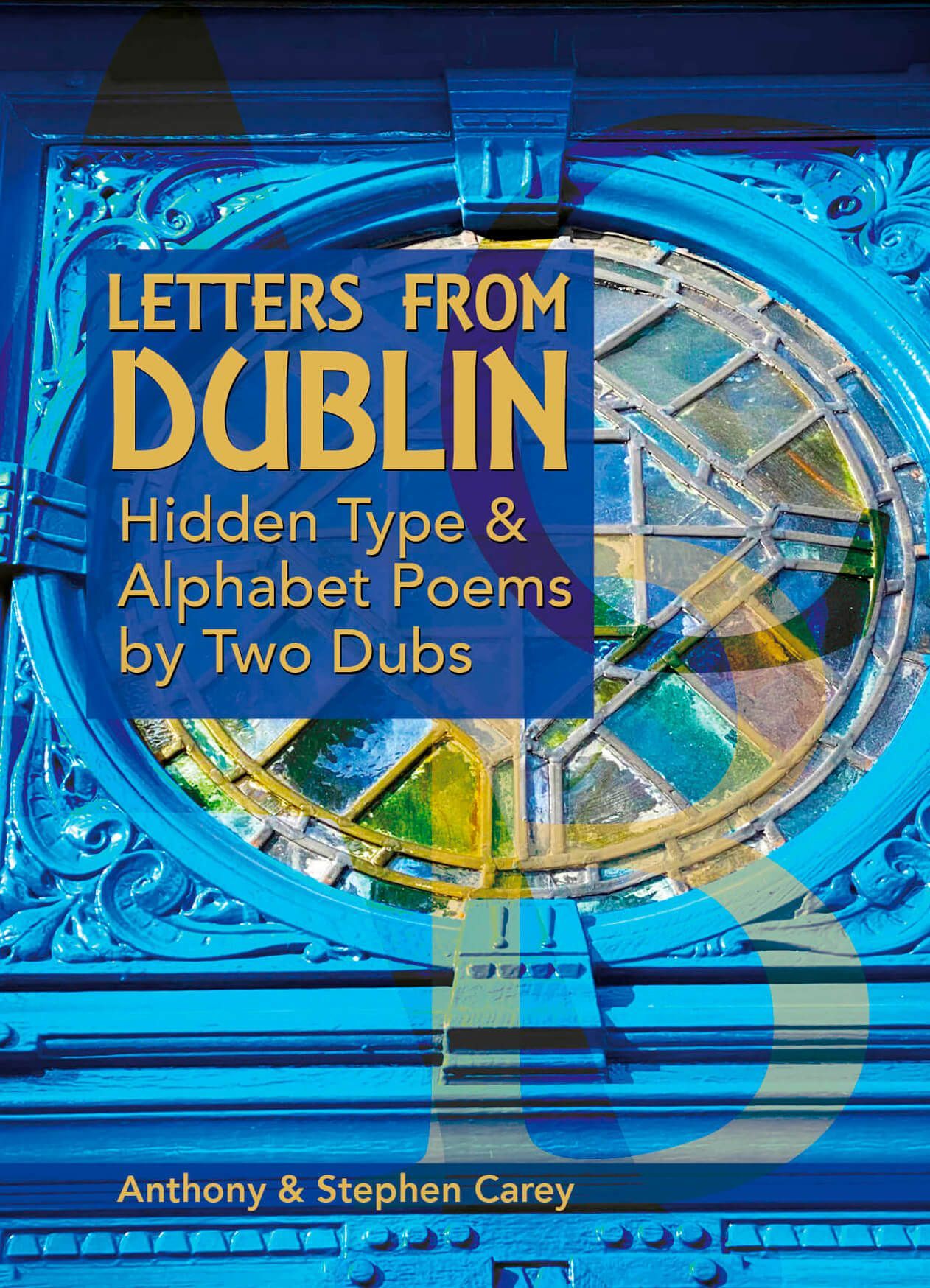THE LAST LETTER: Memory, Love, and Protected Loss
A sculptural elegy,
The Last Letter is both shrine and thicket. A poetic meditation on grief, remembrance, and the objects that hold love long after a body is gone.
At the installation’s heart rests a single bronze high-heeled shoe, cast from the final pair the artist bought for his late wife. Encased in a clear perspex vitrine, it is accompanied by three intimate relics: a memorial card, a lock of hair, and the last letter she wrote, one that arrived only after her death. This sealed archive of personal love, sorrow, and sacred delay becomes a reliquary of enduring connection.
Surrounding the case is a chaotic growth of brambles, branches, and urban detritus—evoking both natural decay and psychological entanglement. The overgrowth serves as a metaphor for grief’s persistence, creeping through time, memory, and material. Yet, despite the encroaching wilderness, the contents remain untouched—preserved, protected.
This is a work about the tension between fragility and permanence. The shoe, cast in bronze, asserts itself as both relic and refusal. It asks: what is left behind when someone is gone? What becomes of love when the body that held it is no longer here?

